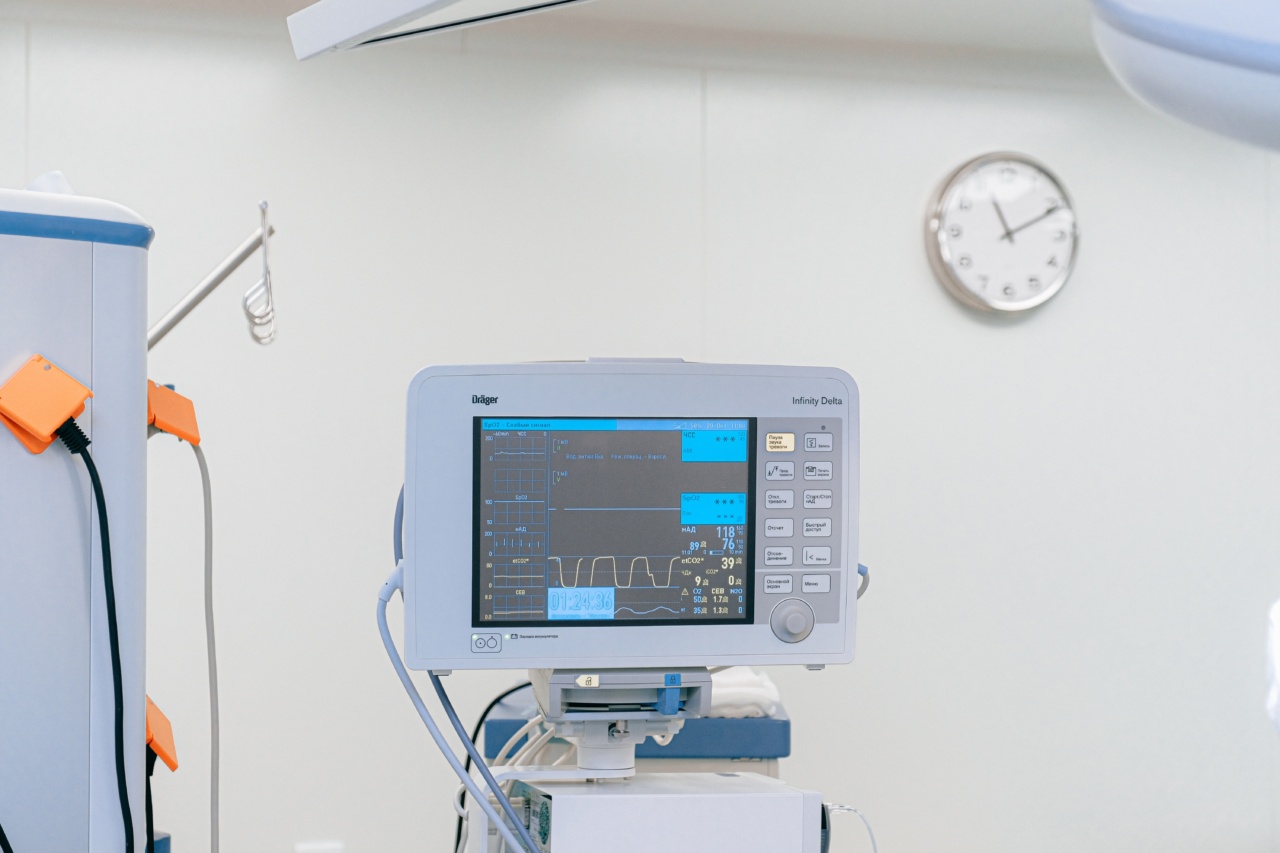Haemophilia is a genetic disorder in which the blood doesn’t clot properly. The symptoms of haemophilia vary from person to person and bleeding can occur anywhere in the body, including the joints, muscles and internal organs.
The severity of the disorder is determined by the level of clotting factor in the blood. Those with severe haemophilia may experience bleeding episodes several times a week, while those with mild haemophilia may only bleed after surgery or injury.
Prophylactic treatment is the regular infusion of clotting factor to prevent bleeding episodes and reduce the annual bleeding rate.
Prophylactic Treatment for Haemophilia
Prophylactic treatment for haemophilia involves regular infusions of clotting factor concentrate to keep the level of clotting factor in the blood at a level that can prevent bleeding episodes.
The frequency of infusions can vary depending on the severity of haemophilia. Those with severe haemophilia may require infusions three times a week, while those with mild haemophilia may only need infusions once a week.
Prophylactic treatment is usually started in childhood to prevent joint damage and other complications associated with haemophilia.
While the treatment is not a cure, it can reduce the frequency of bleeding episodes and improve quality of life for those with haemophilia.
Reduction in Annual Bleeding Rate
Studies have shown that prophylactic treatment for haemophilia can significantly reduce the annual bleeding rate.
According to a study published in the journal Haemophilia, prophylactic treatment reduced the annual bleeding rate in patients with severe haemophilia from 36.5 to 5.2 bleeds per year, a reduction of 85%. In patients with moderate haemophilia, prophylactic treatment reduced the annual bleeding rate from 6.6 to 1.4 bleeds per year, a reduction of 79%.
Another study published in the journal Blood found that prophylactic treatment can reduce joint bleeding and joint damage in children with severe haemophilia.
The study followed 65 children with severe haemophilia who started prophylactic treatment before the age of 2. After 10 years of treatment, the children had fewer joint bleeds and less joint damage than those who did not receive prophylactic treatment.
Benefits of Prophylactic Treatment
Prophylactic treatment for haemophilia has several benefits, including:.
- Reduced frequency of bleeding episodes
- Reduced joint damage and pain
- Improved quality of life
- Reduced healthcare costs from emergency department visits and hospitalizations for bleeding episodes
Challenges with Prophylactic Treatment
While prophylactic treatment can be highly effective in reducing the annual bleeding rate in patients with haemophilia, there are challenges associated with the treatment. One of the biggest challenges is the cost of clotting factor concentrate.
Prophylactic treatment can be expensive, and not all patients have access to affordable treatment.
Another challenge is adherence to treatment. Prophylactic treatment requires regular infusions of clotting factor concentrate, and patients may struggle to adhere to the treatment regimen.
Additionally, some patients may develop inhibitors to clotting factor, which can make prophylactic treatment less effective.
Conclusion
Prophylactic treatment for haemophilia is an effective way to reduce the annual bleeding rate and improve quality of life for those with the disorder.
While the treatment can be expensive and challenging to maintain, the benefits of prophylactic treatment far outweigh the risks. With proper support and access to affordable treatment, patients with haemophilia can lead healthy, fulfilling lives.






























